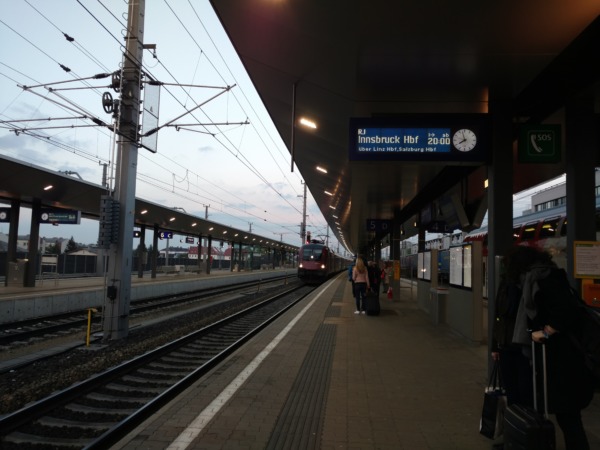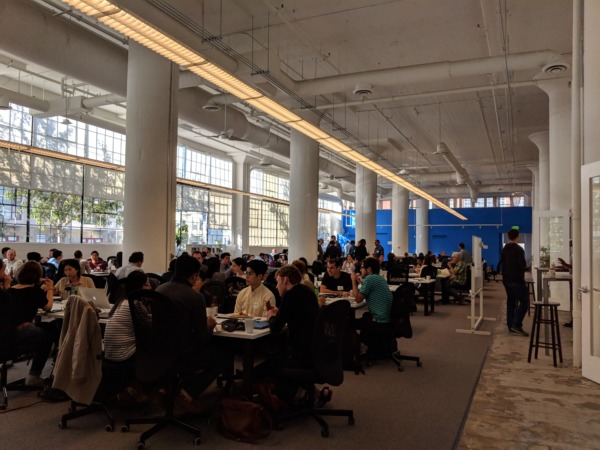About a month ago, Sean Goebel and I backpacked down to Beveridge. Various descriptions of this remote mining town from the 1860’s exist online and in print. But perhaps legendsofamerica.com has the most succinct summary:
Beveridge – A small mining camp on the east side of the Inyo Mountain Range, mining occurred in the isolated Beveridge Canyon from the 1860’s through the 1930’s. Amazingly, the extremely remote site had a post office from 1881 to 1882. At an elevation of more than 5,500 feet, the camp was very remote and requires a back-pack trip to access it. Today, there are the remains of various small pieces of mining equipment, several small mining operations, and the partial remains of several rock structures. Access to the site is on the Beverage Canyon Trail, and it is recommended only for very experienced hikers.
I’ll get around to writing a trip report about it in time. But here I’d like to highlight some lessons learned and other thoughts:
- Be careful with your water.
While I was generally careful about consuming my water, I made an almost-fatal mistake: I accidentally let water leak from my pack.
This happened because of convenience and negligence. Convenience, because I prefer squeeze valves (which allow you to drink from a reservoir by biting down on a valve) over more secure caps. And negligence because during a break, I put my 30-pound backpack right on top of the valve.
I only noticed a leak after I saw a puddle in the sand. After this, I always made sure that whenever I sat my bag down, I’d always keep the valve in sight, on top of the bag.
And in future desert trips, I might consider breaking non-valve reservoirs. - Do your (own) research.
I’m usually quite involved in the planning of backcountry trips. But for this trip, Sean did most of the legwork, route-wise.
While this took a lot of pressure and stress off of me, I found myself thinking that, if I had done a little more of my own research, route-finding would be easier. This was mostly case on the “trail” heading up to the Ridge Cabin on our third day in the Canyon. For a lot of trek up, I kept thinking: if I’d studied the map more, I’d at least have a better sense of where to go! - Stick to the plan.
After leaving our second (and last) water source, we had two days of hiking with no additional water. This meant that we’d have to budget water.
For me, this was especially hard for me on the first day, where we could only consume up to 2.5L (out of 6L each) on the way up, and an additional 0.5L-1L for dinner. This was hard partly because I got lost, extending our hike up by at least an hour, this was hard partly because of the heat, and finally, this was hard because I had leaked some water earlier. But in the end, it turns out I had consume just the max amount allowed, in our plan. - Have a backup plan.
One thing that made our lives a lot easier was having a water cache. While I only thought the idea was interesting (and the Sean’s marker cairn ridiculous), I’m not quite sure I would’ve made it out (at least in such good spirits) if we hadn’t left water on our exit route, while entering.
And if there wasn’t water in the Canyon (which would cut our trip short), this would be a checkpoint that we could return to. - Bring duct tape.
While cliché, this is always good advice (and not necessarily just for desert hiking either). During this trip, I borrowed duct tape from Sean for two critical purposes: (1) to patch a couple tears on my 1L BeFree, after it fell onto sharp rock, and (2) to prevent a blister under a toe from getting worse. - Don’t overestimate yourself, keeping talking, and have fun.
I knew pretty early on the last day that I was going to have problems. This was partly because (1) I overestimated how quickly I’d recover from running a marathon the weekend before, and a trail 50K two days before this trip, (2) I overestimated my remaining acclimation to altitude from a backpacking trip about three weeks prior, and (3) I overestimated how well I’d do with less water, in heat (because I forgot you need more water at altitude).
Despite it all, Sean was cool about my slow-ass pace, and it wasn’t hard to take more time to enjoy the scenery. It occurred to me even as I tried and repeatedly failed to climb up a scree slope, ran completely out of water, and almost lost my phone while traversing a pass — that I was still having fun (and that I would absolutely make it out alive!).
In retrospect, this positive attitude definitely helped me enjoy the very Type-2, almost Type-3, part of the last day. I might think back to this trip in the future, when I’m (inevitably) “in trouble” again. 🙂
For now, I think that’s all that comes to mind. Trip report to come some time in the near (or far) future.
FIN.

